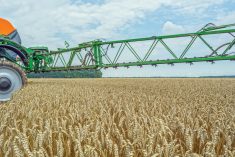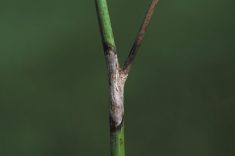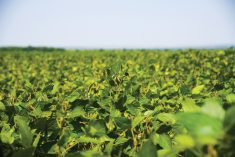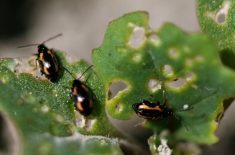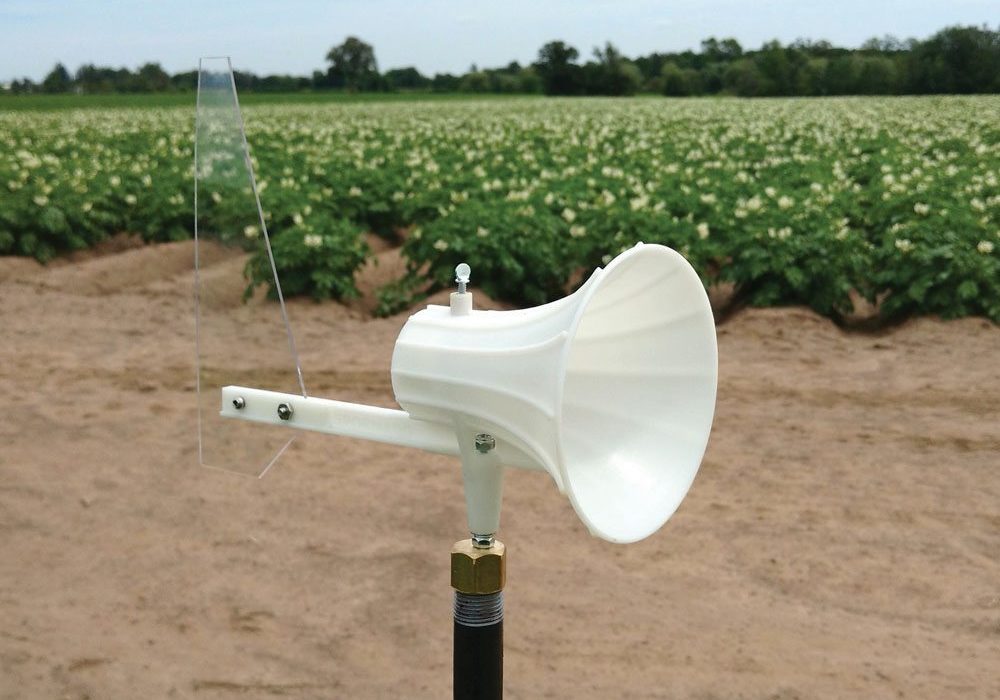When is a good time to spray to manage leaf disease on cereal crops?
Some producers include fungicide application at herbicide timing — the three- to five-leaf stage — believing it will reduce leaf spot disease levels later in the growing season.
“This practice is not supported by previous research trials,” said provincial agronomy research scientist Sheri Strydhorst.
Strydhorst and her research team wanted to see if the same lack of yield response trends were still occurring with early fungicide applications as in trials from the early 1990s, and they wanted to prevent the development of fungicide resistance.
Read Also

Farming Smarter receives financial boost from Alberta government for potato research
Farming Smarter near Lethbridge got a boost to its research equipment, thanks to the Alberta government’s increase in funding for research associations.
“All Alberta farmers are aware of herbicide resistance, but sadly, fungicide resistance needs to be put on their radar as well,” she said.
Research trials were conducted in 2018 and 2019 at four locations: Bon Accord, Barrhead, Red Deer and Lethbridge under irrigated conditions. Fungicide treatments were applied to two CWRS wheat cultivars. Trials were seeded into canola stubble fields that had a history of short wheat rotations (wheat-canola-wheat-canola). This increased chances of cereal leaf disease and mimicked the typical rotations used by many farmers in Alberta.
Strydhorst found that fungicide applications resulted in significant differences in leaf disease levels at all site years. The lowest levels of leaf disease were achieved with a fungicide application at flag-leaf timing. The highest yields were achieved with either a flag leaf- or head-timing fungicide application.
“By the end of the growing season, fungicide applications at herbicide timing had similar disease levels as the untreated control,” she said. “This suggests that there is no value in early-season fungicide applications.”
She also found that the results were very weather driven. Under dry conditions and low foliar disease levels, the team did not see any benefit from any of the fungicide treatments.
“This data so nicely shows that to get fungicide response, you need the environmental conditions conducive to disease development,” she added. “They say that rain makes good grain, but rain also makes disease.”



